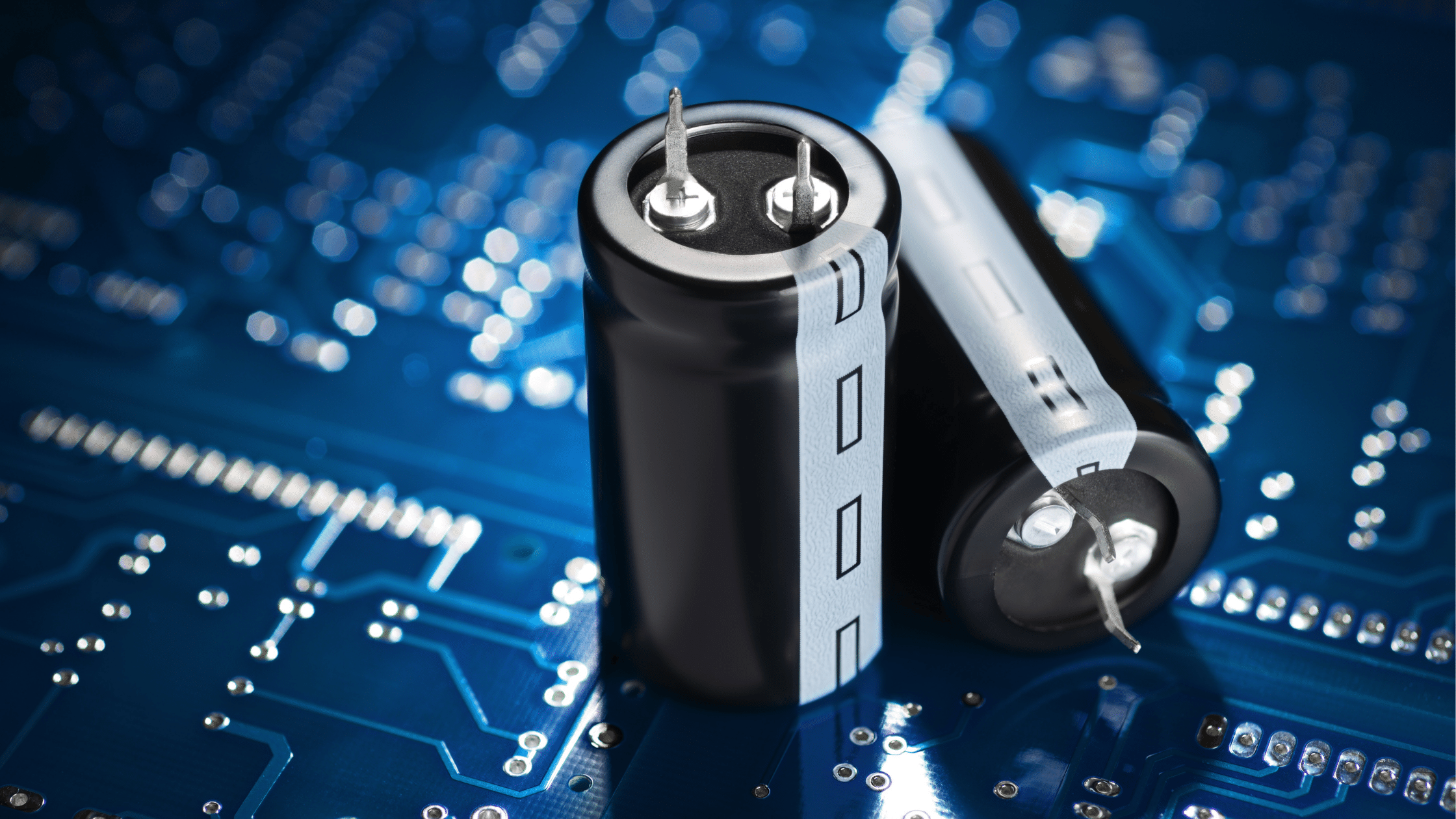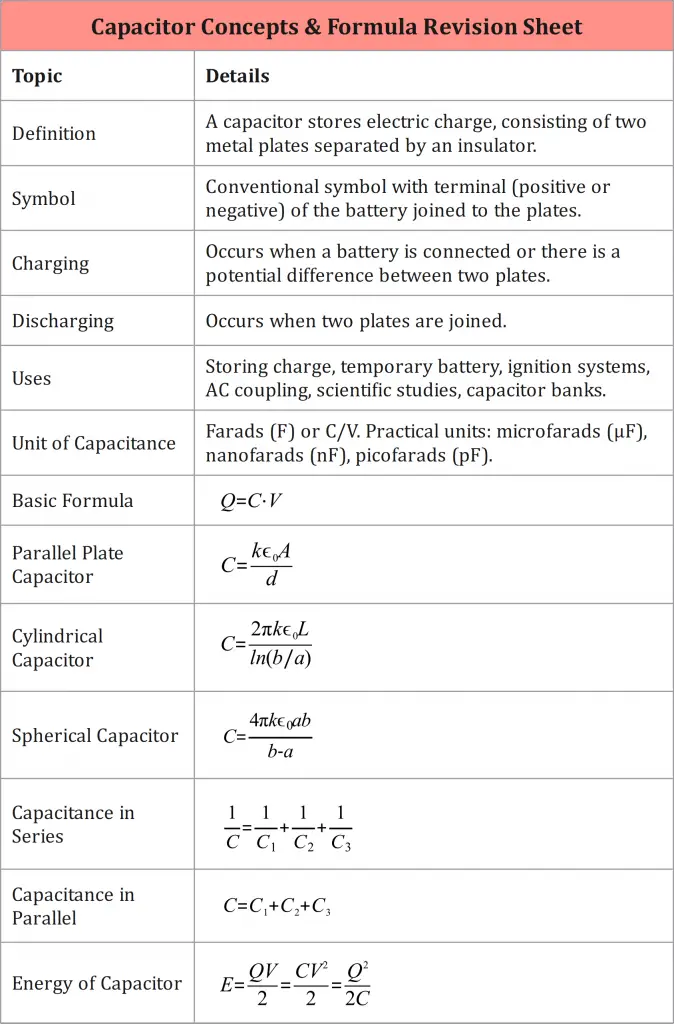
What is Capacitor
- Capacitors are important components used in electronics and telecommunication devices for example radio , television receivers , transmitter circuits etc.
- Capacitor is a device used for storing electronic charge.
- All capacitors consists of two metal plates(or conductors) separated by an insulator(air, vacuum or any other dielectric medium).
- Conventional symbol of capacitor is where T is the terminal (positive or negative) of battery joined to the plates.
- Capacitor gets charged when a battery is connected to it or when there is a potential difference between two metal plates of the capacitor.
- Capacitor gets discharged on joining two of it’s plates.
Uses of Capacitor
(1) The main purpose of the capacitor is to store charge . If an instantaneous strong current is to be flown in a circuit, the best way would be to connect the terminals of the circuit to a charge capacitor
(2) A capacitor can store electric energy when disconnected from its charging circuit, so it can be used like a temporary battery. Capacitors are commonly used in electronic devices to maintain power supply while batteries are being changed. (This prevents loss of information in volatile memory.)
(3) Capacitor are used in many electrical instruments like ignition systems of the motor engines. It is also employed in Electric fan
(4) Because capacitors pass AC but block DC signals (when charged up to the applied dc voltage), they are often used to separate the AC and DC components of a signal. This method is known as AC coupling or “capacitive coupling”. Here, a large value of capacitance, whose value need not be accurately controlled, but whose reactance is small at the signal frequency, is employed.
(5) Capacitors are also used in Scientific Study. Using plates of different size and shape, different electric field configuration are established between the plates and the behavior of dielectric substances placed in these field are studied
(6) Groups of large, specially constructed, low-inductance high-voltage capacitors (capacitor banks) are used to supply huge pulses of current for many pulsed power applications. These include electromagnetic forming, pulsed lasers ,pulse forming networks, radar, fusion research, and particle accelerators.
Unit Of Capacitance
Unit of capacitance is Farads(F) or C/V
1F is very large unit of capacitance. Practically capacitors with capacitance of the order of micro farads ($\mu F$) are used in circuits of radio receivers , transmitters etc. Thus,
$1 \mu F=10^{-6}$ (micro)
$1nF=10^{-9}$ (nano)
$1pF=10^{-12}$ (pico)

Capacitance Formula’s
The fundamental formula for a capacitor relates the charge stored (Q), the capacitance (C), and the voltage (V) across the capacitor:
\[ Q = C \cdot V \]
Where:
- ( Q ) is the charge in coulombs (C).
- ( C ) is the capacitance in farads (F).
- ( V ) is the voltage in volts (V).
For Parallel Plate Capacitor
$C= \frac {k \epsilon _0 A}{d}$
Where:
- \( \varepsilon_0 \) is the vacuum permittivity .
- \( k \) is the relative permittivity (dielectric constant) of the material between the plates.
- \( A \) is the area of one of the plates (m²).
- \( d \) is the separation between the plates (m).
Cylindrical Capacitor with radii a and b ( b> a)
$C= \frac {2 \pi k \epsilon _0 L}{ln (b/a)}$
Spherical Capacitor with radii a and b ( b> a)
$C= \frac {4 \pi k \epsilon _0 ab}{b-a}$
Capacitance in Series
$\frac {1}{C} = \frac {1}{C_1} + \frac {1}{C_2} + \frac {1}{C_3}$
Where:
- C is the total capacitance.
- \( C_1, C_2, C_3 \) are the individual capacitances.
Capacitance in Parallel
$C= C_1 + C_2 + C_3$
Where:
- C is the total capacitance.
- \( C_1, C_2, C_3 \) are the individual capacitances.
Capacitance in Parallel
Energy of the Capacitor
$E= \frac {QV}{2} = \frac {CV^2}{2}= \frac {Q^2}{2C}$
Related Articles
Electrostatics class 12 and JEE summary (pdf download)
CBSE Class 12 important electrostatic questions
